As artificial intelligence (AI) continues to permeate various aspects of technology, the need for specialized hardware to run AI applications efficiently has become a hot topic. When considering the best hardware for AI workloads, two major components often come into play: Graphics Processing Units (GPUs) and Neural Processing Units (NPUs). But do you really need them for your AI apps? Here’s a detailed look into their roles and whether they are essential for your needs.
Understanding GPUs and NPUs
GPUs: The AI Workhorse
GPUs are well-known for their ability to handle parallel computing tasks, which makes them excellent for AI applications that require processing vast amounts of data simultaneously. Traditionally used for rendering graphics in gaming and professional graphics work, GPUs have evolved to support AI workloads thanks to specialized components like Tensor Cores in Nvidia GPUs, which are designed to accelerate machine learning tasks.
NPUs: The AI Specialists
NPUs, or Neural Processing Units, are specifically designed to handle AI tasks. Unlike GPUs, which can be overburdened by the broad scope of their functions, NPUs focus solely on AI computations. This specialization allows NPUs to perform AI tasks more efficiently and at a lower power consumption, making them particularly suitable for mobile devices and laptops. Major chip manufacturers like Intel and AMD have integrated NPUs into their latest processors, boosting their AI capabilities significantly.
Do You Need a GPU or NPU for Your AI Apps?
Performance Needs
The necessity of a GPU or NPU largely depends on the nature of your AI applications. For heavy AI workloads such as deep learning, neural network training, and real-time data processing, having a powerful GPU with AI-dedicated cores, like Nvidia’s Tensor Cores, is beneficial. These applications demand high computational power and parallel processing capabilities that GPUs provide.
On the other hand, if your AI tasks are less intensive or are integrated into mobile and lightweight applications, an NPU might be more advantageous. NPUs are optimized for tasks such as image recognition, natural language processing, and other AI functions that can run efficiently without the broad capabilities of a GPU. This makes NPUs ideal for enhancing AI functionalities in smartphones, laptops, and other consumer devices.
Efficiency and Battery Life
One of the critical benefits of NPUs over GPUs is their efficiency in power consumption. NPUs are designed to perform AI tasks with minimal energy, which is crucial for battery-powered devices like smartphones and laptops. This efficiency not only extends battery life but also ensures that AI functionalities can be performed without overheating the device.
Future Trends and Considerations
As AI continues to evolve, the integration of NPUs into more consumer devices is expected to grow. Companies like Intel, AMD, and Qualcomm are at the forefront of this trend, incorporating NPUs into their latest processors to handle AI tasks more efficiently. This development signifies a shift towards more specialized AI hardware, potentially reducing the reliance on GPUs for AI applications in the consumer market.
However, for high-end AI applications and professional use cases, GPUs will continue to play a crucial role. The ability to handle extensive data and complex computations makes GPUs indispensable for tasks that go beyond the capabilities of NPUs.
Whether you need a GPU or NPU for your AI apps depends on your specific use case. For high-performance, data-intensive AI tasks, a GPU with dedicated AI cores is essential. For more efficient, power-conscious AI functionalities, especially in mobile devices, NPUs are the way to go. Understanding the strengths and limitations of each can help you make an informed decision on the best hardware to support your AI applications.

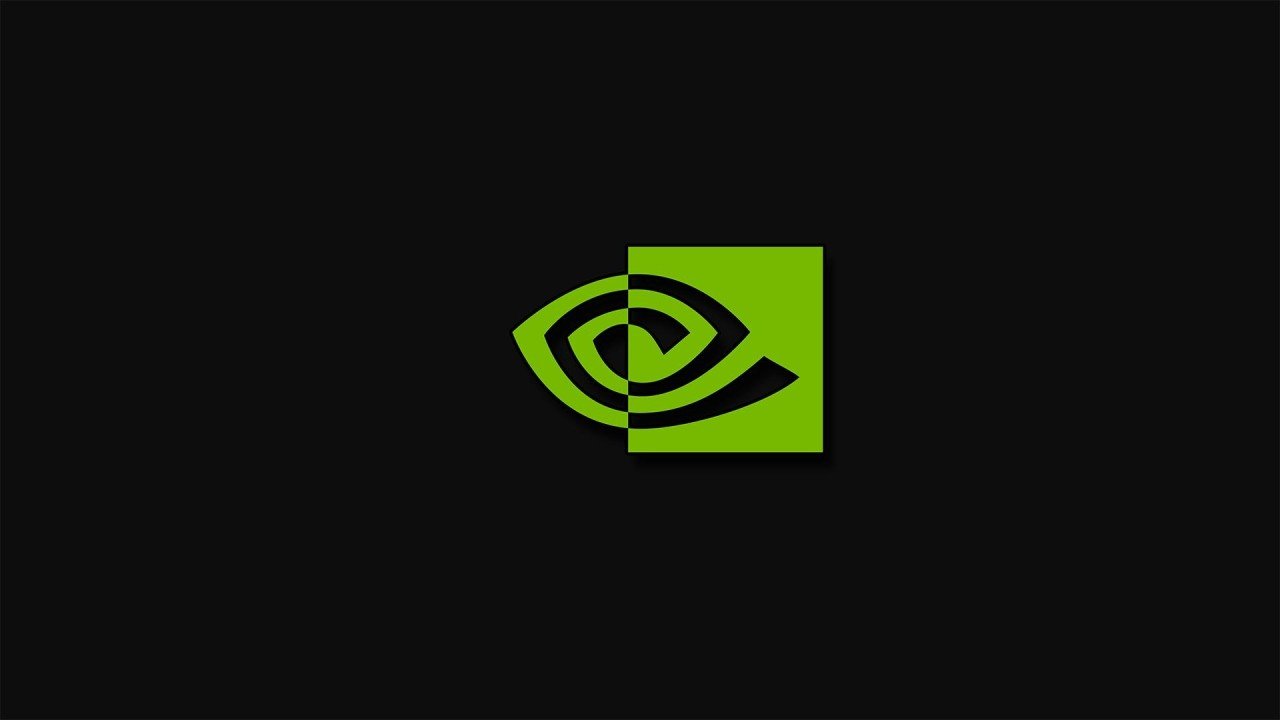
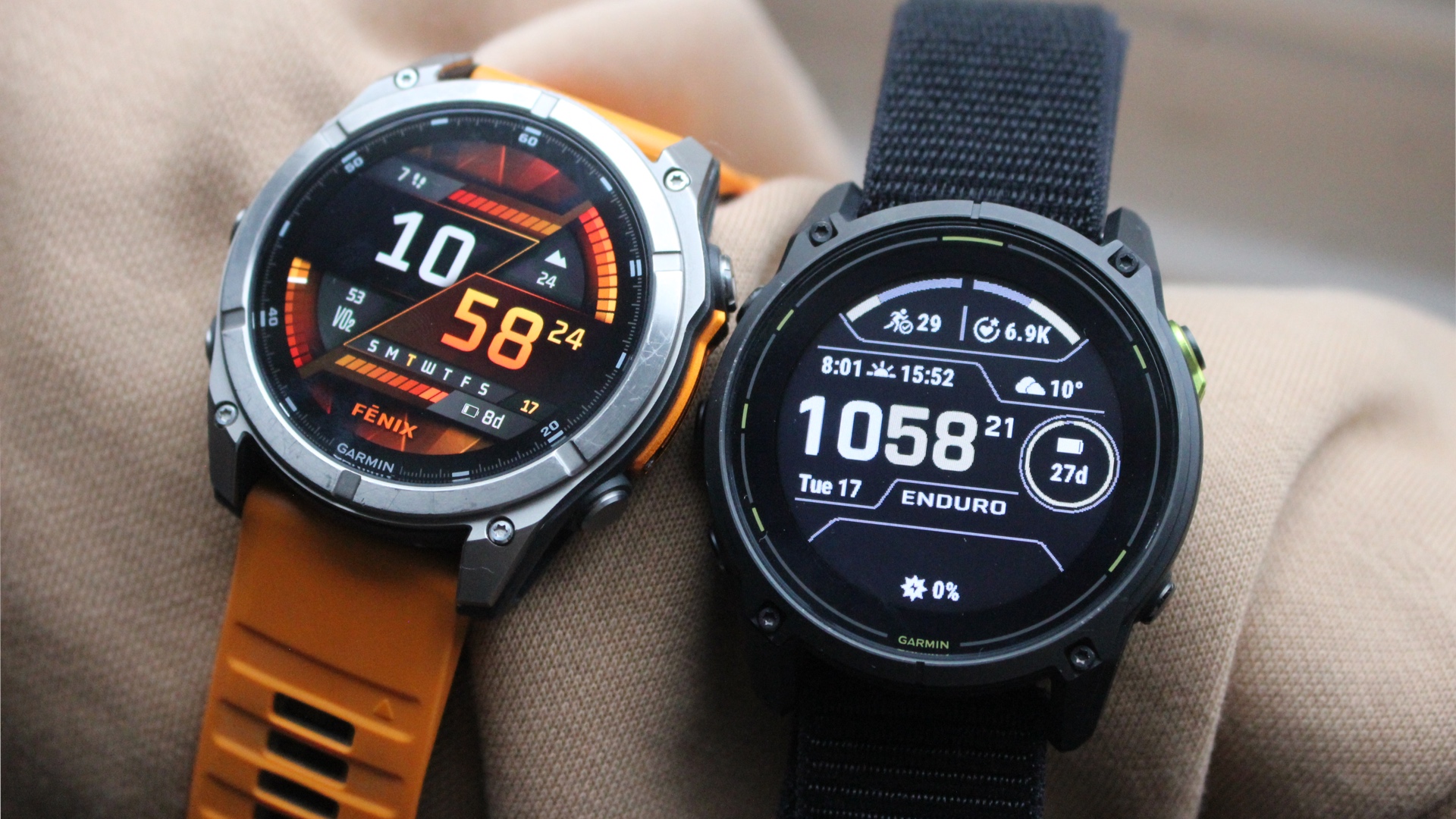

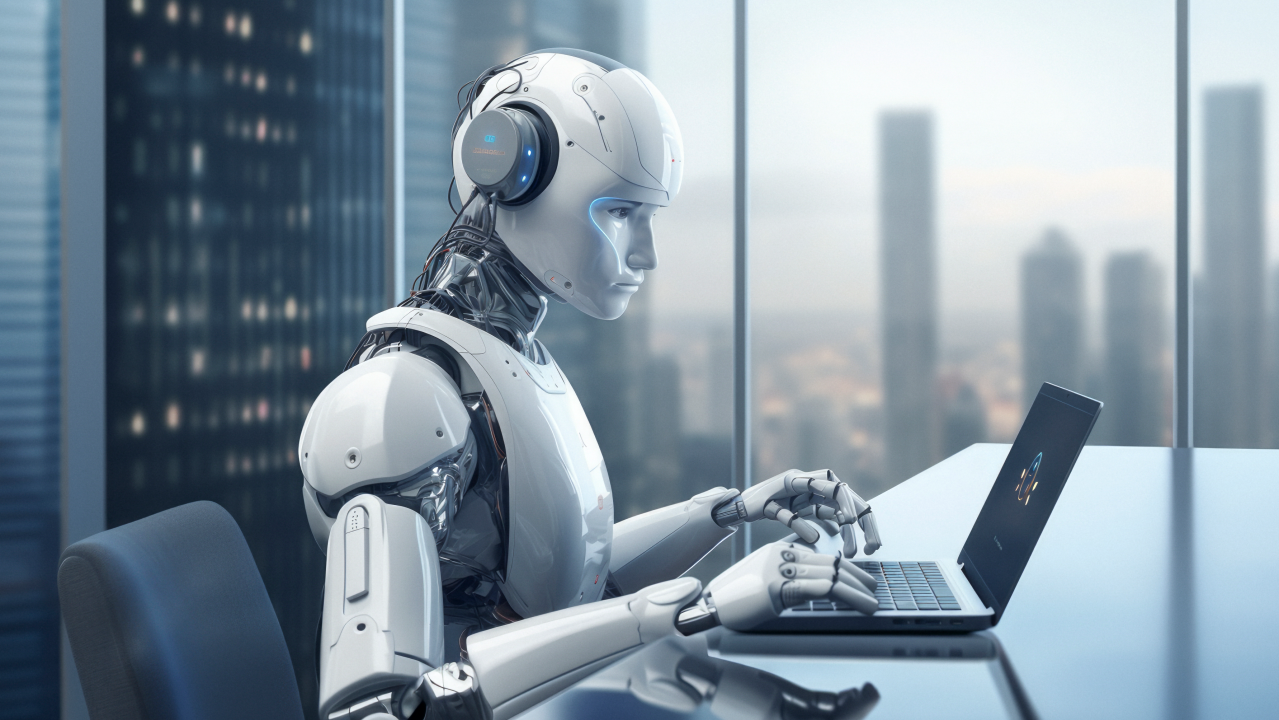


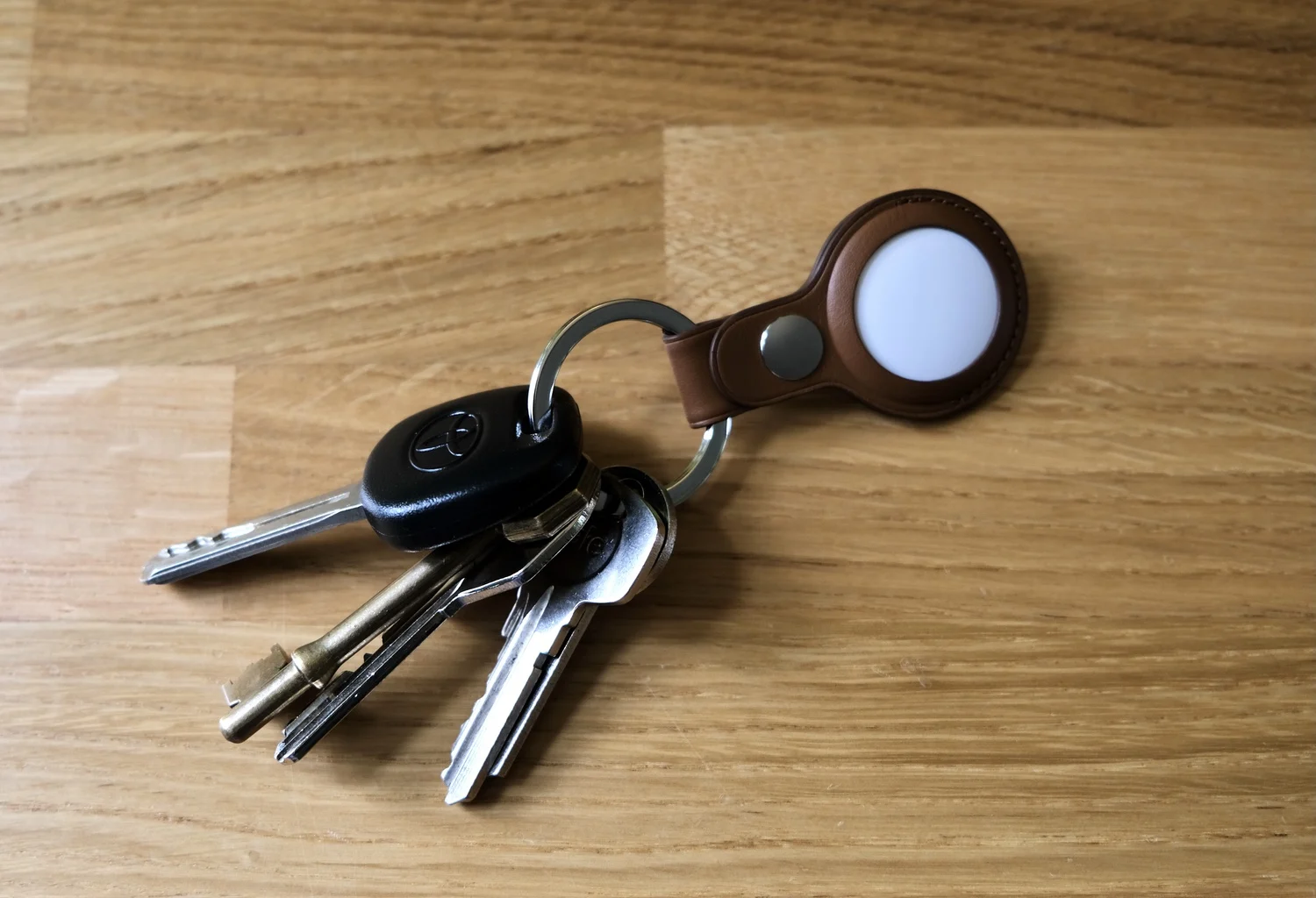

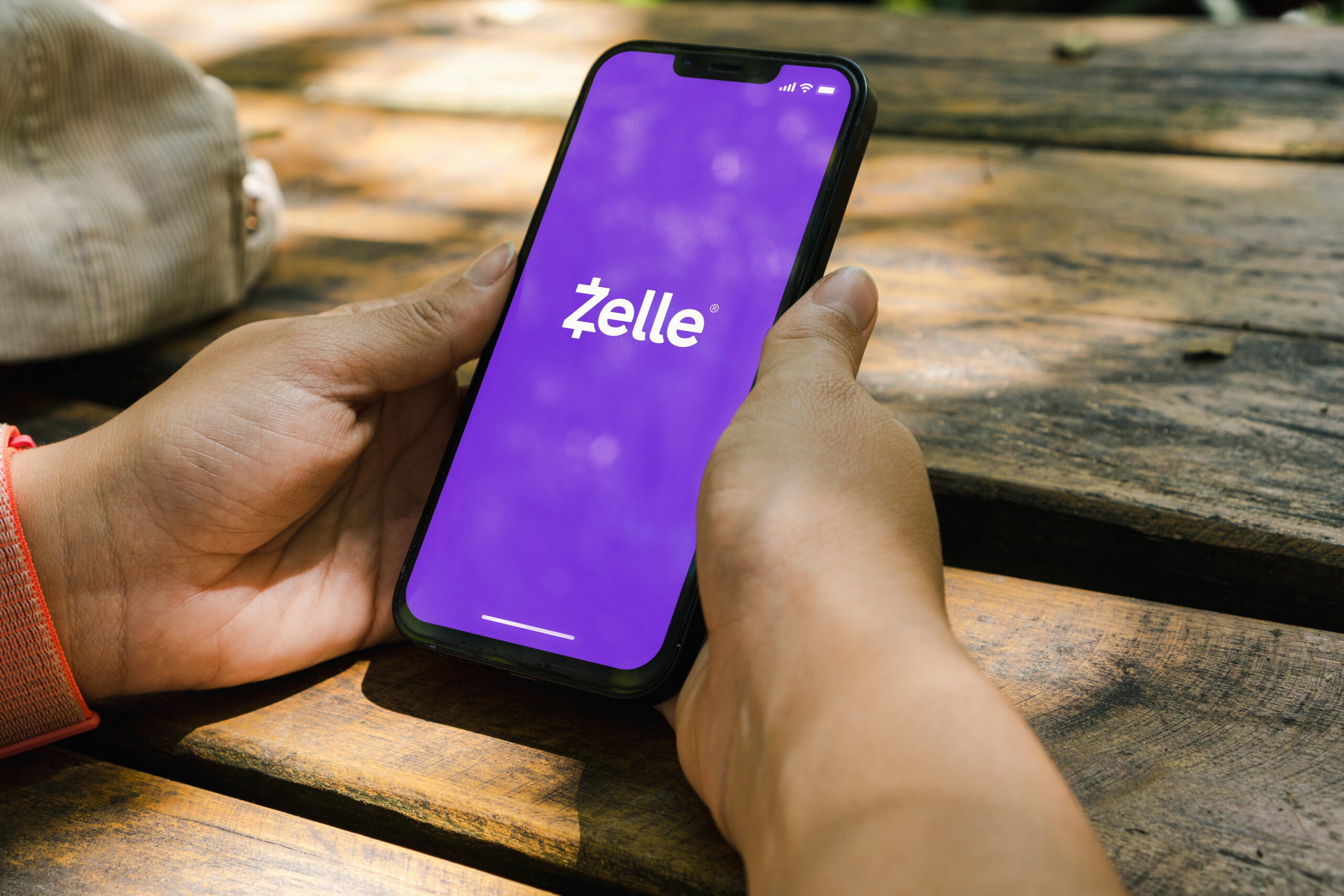
Add Comment